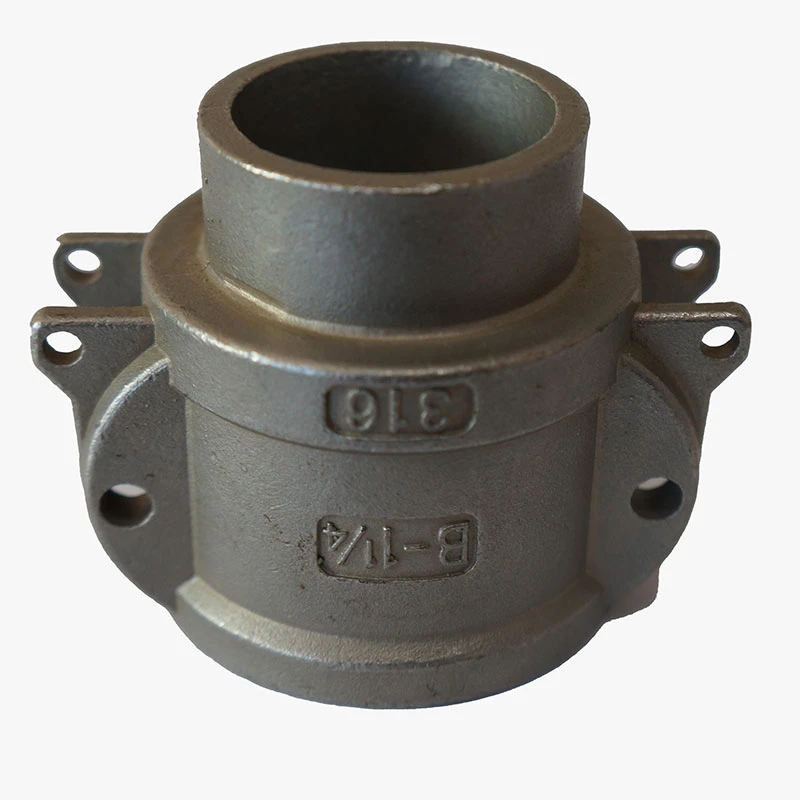Common Issues in Die Casting Processes and Their Solutions for Improved Quality
Die Casting Defects An Overview and Solutions
Die casting is a highly efficient manufacturing process used to produce intricate metal parts with excellent dimensional accuracy and surface finish. Despite its many advantages, the die casting process can encounter various defects that affect the quality of the final product. Understanding these defects is crucial for manufacturers to ensure consistent production and maintain high standards.
One of the most common die casting defects is porosity. This defect manifests as tiny voids or air pockets within the metal casting. Porosity can occur due to several reasons, such as inadequate venting, rapid cooling, or excessive turbulence during the injection of molten metal. These voids can significantly weaken the structural integrity of the casting, leading to failure during operation. To mitigate porosity, manufacturers can optimize the die design, improve venting pathways, and control the cooling rates of the molten metal.
Another prevalent defect is shrinkage. During the cooling process, metals contract, and if there is insufficient material to fill the space left by the shrinking metal, cavities can form. This defect is often exacerbated by larger castings or complex geometries. To reduce shrinkage, manufacturers can increase the thickness of the casting, use appropriate alloys with lower shrinkage characteristics, and design temperature-controlled cooling systems within the die.
Cold shut is another defect that occurs when two streams of molten metal do not fuse together properly during the injection. This can result in a weak joint or a visible line on the surface. Cold shuts are often caused by low temperatures during the casting process or improper die design. To address this issue, it's vital to maintain optimal metal temperatures, adjust the injection speed, and modify the die to improve the flow of the molten metal.
die casting defect

Hot tearing is a defect that occurs when the casting cools and contracts unevenly, leading to cracks or tears in the metal. This can happen due to high temperatures or insufficient material in critical areas of the casting. To prevent hot tearing, manufacturers can adjust the cooling rates, alter the alloy composition, and enhance the overall design to ensure uniformity in metal distribution.
Surface defects, such as pitting, roughness, or inclusions, can also compromise the quality of die castings. These imperfections often arise from contamination, improper handling, or issues during the melting process. To minimize surface defects, it is essential to maintain a clean melting environment, use high-quality raw materials, and establish strict handling procedures.
Defects related to the geometry of the casting can also arise, including distortion and misalignment. These defects typically result from inadequate die design or improper machining processes. To tackle these issues, manufacturers should conduct thorough die inspections, adhere to precise machining tolerances, and employ advanced technologies such as simulation software for die design.
In conclusion, while die casting is an efficient and effective manufacturing process, it is not without its challenges. Understanding the various defects that can arise during production is vital for manufacturers aiming to produce high-quality castings. By implementing best practices, optimizing die designs, and continuously monitoring the casting process, manufacturers can significantly reduce the occurrence of defects. This proactive approach not only enhances product quality but also boosts overall operational efficiency and customer satisfaction. As the industry continues to evolve with new technologies and methods, staying informed about die casting defects and their solutions will remain essential for sustained success in this competitive field.
-
Precision Sheet Metal Stamping Manufacturer | Fast & ReliableNewsAug.01,2025
-
OEM Sand Cast Pump Valve Fittings - Baoding Hairun Machinery And Equipment Trading Co., Ltd.NewsAug.01,2025
-
Custom OEM Impellers | High Efficiency & PrecisionNewsAug.01,2025
-
OEM Sand Cast Pump Valve Fittings - Baoding Hairun Machinery | Customization, Quality AssuranceNewsAug.01,2025
-
OEM Sand Cast Pump Valve Fittings - Baoding Hairun Machinery And Equipment Trading Co., Ltd.NewsAug.01,2025
-
OEM Sand Cast Pump Valve Fittings - Baoding Hairun Machinery And Equipment Trading Co., Ltd.NewsJul.31,2025















